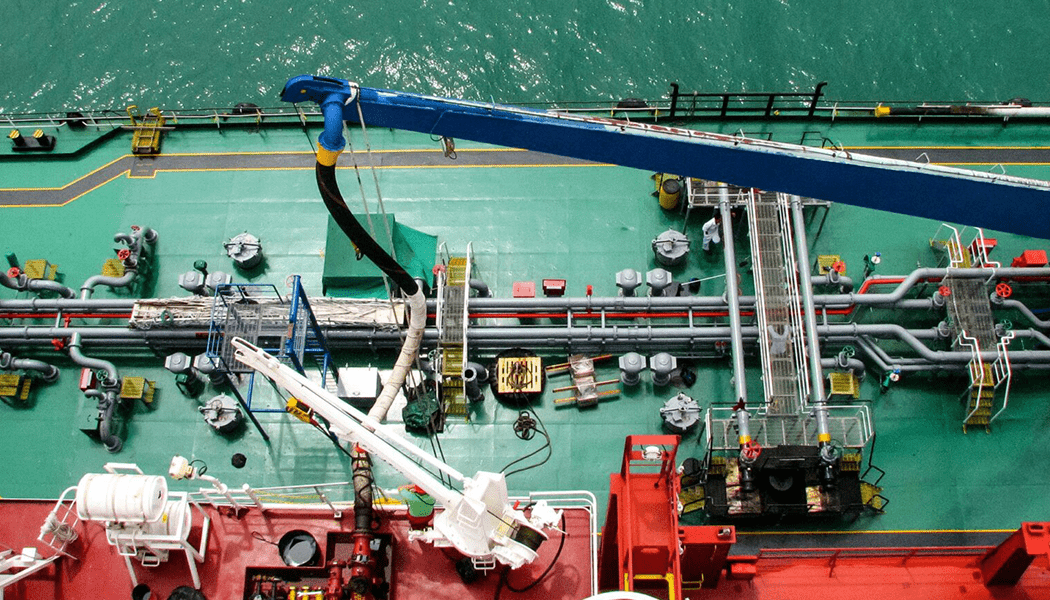Bunkering is one of the most critical aspects of a maritime environment. Although it is a daily occurrence, looking into bunkering monitoring will always be worthwhile. Avoiding a mismatch between ship and bunkerer data is crucial, with many aspects to consider.
The Purpose of Bunkering
For ship-owners and ship operators, bunkering is a crucial aspect. An operator or an owner must, at all times, ensure the vessel is seaworthy. That includes being physically suited for sea travel, having a good crew, and being fully bunkered before the voyage.
It is in everybody’s best interest to ensure bunkering goes off without a hitch. Suppliers have to protect their reputation, and buyers need the fuel quantity to meet voyage criteria. Unfortunately, there are plenty of ways bunker disputes may occur. It is all the more reason to look into bunker monitoring solutions, as avoiding disputes and issues should always be the top priority.
Avoiding Bunker Disputes
As the bunkering industry builds more momentum, there will be new developments and players. Unfortunately, that also leads to a higher risk of discrepancies, which can have significant consequences for ship owners and operators. Disputes can arise over a number of factors, including:
- Varying complex physical properties of the fuel
- Quantity of bunker delivered
- Mass calculations (a combination of volume, temperature, and density)
- The Cappuccino Effect when trapped air results in incorrect volume measurement (time between bunker foams to settle and determine the exact volume and mass being delivered)
It is evident that ship owners and operators need to perform these calculations along with the supplier doing the same on his end. However, there can still be disputes, and taking multiple readings is a resource- and cost-intensive.

With the help of bunkering monitoring solutions, that process becomes much more straightforward. Ensuring accurate data will benefit all parties and helps provide better transparency for the industry at hand.
Through bunkering monitoring solutions, it becomes possible to gain proper visibility of bunker reading measurements and transfers in real time. It makes it easier to ensure they receive the correct amount and quality. Additionally, the data can help address any issues immediately instead of waiting to perform final measurements manually.
Bunkering Monitoring For Now And The Future
As demand for fuel continues to increase and oil prices may keep trending higher, bunkering monitoring solutions need to become an industry-wide norm. There is no reason to pay for something you are not getting, whether quantity-wise, quality-wise, or both.
It makes sense for ship owners and operators to keep bunkering costs to a minimum. Going off the beaten path to shave off any premiums makes sense, but it should not compromise the changing hands of the core product. Flexibility on bunkering ports is only worthwhile when the recipients get exactly what they pay for, without exception.
With highly accurate Coriolis flowmeters and bunker monitoring software, recipients can check the volume, temperature, and density at their disposal. It is a key tool to avoid density short lifts, among other potential discrepancies. Even a 1% density loss can make a big difference. It is also important to have the correct location of the bunker flowmeter on the vessel and auxiliary equipment such as the necessary orifices for example.
A properly installed system will save a lot of money in the short and long term through constant online calculations and honest data. Based on these data, the operator or the ship owner can predict the optimal bunker acceptance points along the entire voyage.
Start looking into Breezemarine Group’s solutions now to ensure smooth sailing on the fuel front.
